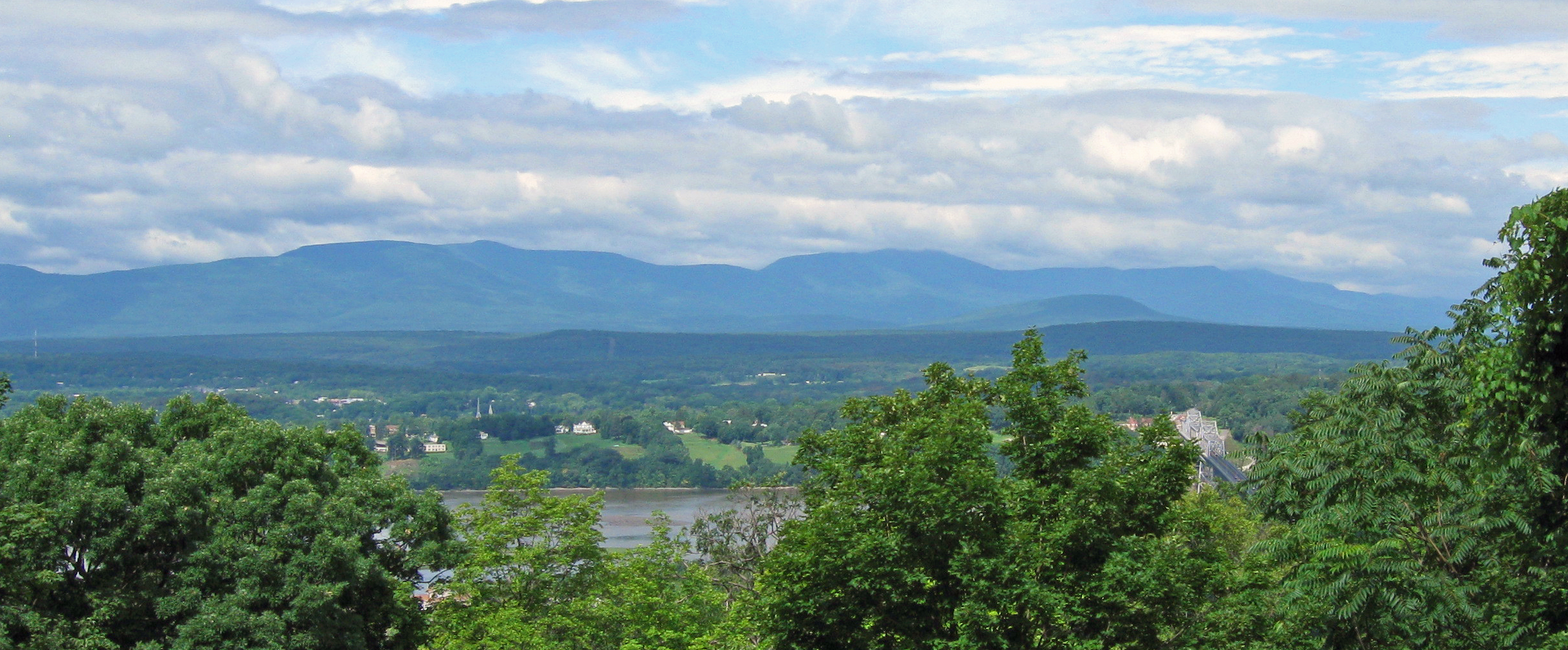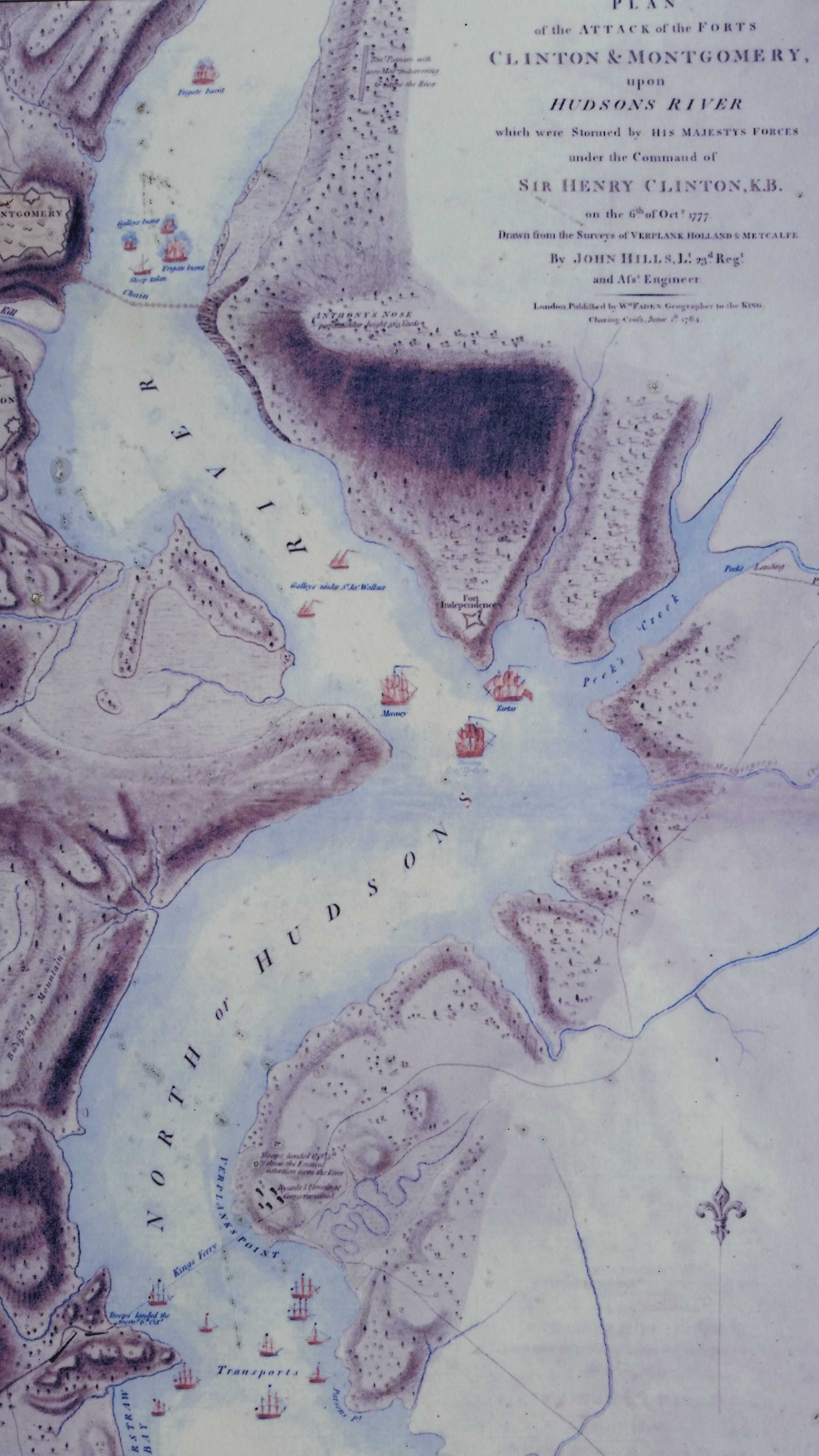|
Manhattan Hills
In the United States, the Manhattan Prong of the New England Uplands is a smaller belt of ancient rock in southern New York (including Manhattan, the Bronx, and segments of Brooklyn and Staten Island), parts of Westchester County, and upland portions of southwestern Connecticut. The bedrock underlying much of Manhattan consists of three rock formations: ''Fordham gneiss'', ''Manhattan schist'', and ''Tuckahoe marble (Inwood marble)'', which are well suited for the foundations of Manhattan's skyscrapers. The Manhattan Prong and the Reading Prong are separated by the Newark Basin in the south, but the two features merge at the northern terminus of the Newark Basin in the vicinity of Peekskill, New York. A band of mountains that rise nearly one thousand feet along the northwestern margin of the Newark Basin in New York and New Jersey are called the Ramapo Mountains. Another belt of ancient metamorphic and igneous rock crops out along the southern margin of the Newark Basin south and ... [...More Info...] [...Related Items...] OR: [Wikipedia] [Google] [Baidu] |
Reading Prong
The Reading Prong is a physiographic subprovince of the New England Uplands section of the New England province of the Appalachian Highlands. The prong consists of mountains made up of crystalline metamorphic rock. Location The Reading Prong stretches from near Reading, Pennsylvania, through the Lehigh Valley in eastern Pennsylvania Pennsylvania (; ( Pennsylvania Dutch: )), officially the Commonwealth of Pennsylvania, is a state spanning the Mid-Atlantic, Northeastern, Appalachian, and Great Lakes regions of the United States. It borders Delaware to its southeast, ... northern New Jersey and into southern New York (state), New York. It reaches its northern terminus in Connecticut. In Pennsylvania, the Reading Prong is referred to as South Mountain (eastern Pennsylvania), South Mountain while in New Jersey and New York the mountains of the subprovince are referred to as the New York – New Jersey Highlands. Near the Hudson Valley, the term Hudson Highlands is often ... [...More Info...] [...Related Items...] OR: [Wikipedia] [Google] [Baidu] |
Appalachian Mountains
The Appalachian Mountains, often called the Appalachians, (french: Appalaches), are a system of mountains in eastern to northeastern North America. The Appalachians first formed roughly 480 million years ago during the Ordovician Period. They once reached elevations similar to those of the Alps and the Rocky Mountains before experiencing natural erosion. The Appalachian chain is a barrier to east–west travel, as it forms a series of alternating ridgelines and valleys oriented in opposition to most highways and railroads running east–west. Definitions vary on the precise boundaries of the Appalachians. The United States Geological Survey (USGS) defines the ''Appalachian Highlands'' physiographic division as consisting of 13 provinces: the Atlantic Coast Uplands, Eastern Newfoundland Atlantic, Maritime Acadian Highlands, Maritime Plain, Notre Dame and Mégantic Mountains, Western Newfoundland Mountains, Piedmont, Blue Ridge, Valley and Ridge, St. Lawrence Valley, Appalac ... [...More Info...] [...Related Items...] OR: [Wikipedia] [Google] [Baidu] |
Geology Of New York (state)
The geology of the State of New York is made up of ancient Precambrian crystalline basement rock, forming the Adirondack Mountains and the bedrock of much of the state. These rocks experienced numerous deformations during mountain building events and much of the region was flooded by shallow seas depositing thick sequences of sedimentary rock during the Paleozoic. Fewer rocks have deposited since the Mesozoic as several kilometers of rock have eroded into the continental shelf and Atlantic coastal plain, although volcanic and sedimentary rocks in the Newark Basin are a prominent fossil-bearing feature near New York City from the Mesozoic rifting of the supercontinent Pangea. Stratigraphy, Tectonics & Geologic History The igneous and metamorphic crystalline basement rock of New York formed in the Precambrian and are coterminous with the Canadian Shield. The Adirondack Mountains, Thousand Islands, Hudson Highlands, and Fordham gneiss, along with outcrops in the Berkshires just over ... [...More Info...] [...Related Items...] OR: [Wikipedia] [Google] [Baidu] |
Geology Of Connecticut
As part of New England, Connecticut has undergone much geologic change shaped by plate tectonics, volcanism, and glacial activity. Appalachian Mountains During the early Triassic period, the super-continent Pangea was formed as the Iapetus Ocean closed up and the proto-North American continent collided with Avalonia, part of modern-day Africa. This caused great uplift and the creation of the Appalachian Mountains, which, at the time, were bigger than modern-day Himalayas. Erosion of the Appalachian Mountains now exposes metamorphic rocks once very deep in the Earth's mantle (geology), mantle and uplifted during this time period. Eastern Border Fault About 200 million years after this collision and the formation of Pangea, during the middle of the Mesozoic Era, the Atlantic Ocean floor started spreading and great extensional forces were experienced, resulting in Geologic fault, faulting. Connecticut's Eastern border fault was created, a fault which begins in New Haven, Connecticut, ... [...More Info...] [...Related Items...] OR: [Wikipedia] [Google] [Baidu] |
Trenton Prong
The Trenton Prong is a physiographic subprovince of the Piedmont Uplands section of the Piedmont province of the Appalachian Mountains. The prong consists of crystalline metamorphic rock. Location The Trenton Prong stretches from near Norristown, Pennsylvania, through northern Philadelphia and southern Bucks County, reaching its northern terminus in West Windsor Township, New Jersey. The prong underlies much of the City of Trenton, and forms a series of rapids known as the Falls of the Delaware River. Geology The Trenton Prong is part of the Precambrian basement which is discontinuously exposed in the north-central Appalachians. The rocks that make up the prong are mostly Ediacaran and Cambrian aged rocks, that includes the Wissahickon Formation. Other rocks present include metabasalt, gabbro, gneiss, migmatite and granofels Granofels is a term referring to medium- to coarse-grained metamorphic rocks which have a ''granoblastic'' texture (having poorly formed, equi-granular c ... [...More Info...] [...Related Items...] OR: [Wikipedia] [Google] [Baidu] |
New Jersey
New Jersey is a state in the Mid-Atlantic and Northeastern regions of the United States. It is bordered on the north and east by the state of New York; on the east, southeast, and south by the Atlantic Ocean; on the west by the Delaware River and Pennsylvania; and on the southwest by Delaware Bay and the state of Delaware. At , New Jersey is the fifth-smallest state in land area; but with close to 9.3 million residents, it ranks 11th in population and first in population density. The state capital is Trenton, and the most populous city is Newark. With the exception of Warren County, all of the state's 21 counties lie within the combined statistical areas of New York City or Philadelphia. New Jersey was first inhabited by Native Americans for at least 2,800 years, with the Lenape being the dominant group when Europeans arrived in the early 17th century. Dutch and Swedish colonists founded the first European settlements in the state. The British later seized control o ... [...More Info...] [...Related Items...] OR: [Wikipedia] [Google] [Baidu] |
Trenton, New Jersey
Trenton is the capital city of the U.S. state of New Jersey and the county seat of Mercer County. It was the capital of the United States from November 1 to December 24, 1784.New Jersey County Map New Jersey Department of State. Accessed July 10, 2017. The city's metropolitan area, including all of Mercer County, is grouped with the New York combined statistical area by the |
Igneous Rock
Igneous rock (derived from the Latin word ''ignis'' meaning fire), or magmatic rock, is one of the three main The three types of rocks, rock types, the others being Sedimentary rock, sedimentary and metamorphic rock, metamorphic. Igneous rock is formed through the cooling and solidification of magma or lava. The magma can be derived from Partial melting, partial melts of existing rocks in either a Terrestrial planet, planet's mantle (geology), mantle or crust (geology), crust. Typically, the melting is caused by one or more of three processes: an increase in temperature, a decrease in pressure, or a change in composition. Solidification into rock occurs either below the surface as intrusive rocks or on the surface as extrusive (geology), extrusive rocks. Igneous rock may form with crystallization to form granular, crystalline rocks, or without crystallization to form Volcanic glass, natural glasses. Igneous rocks occur in a wide range of geological settings: shields, platforms ... [...More Info...] [...Related Items...] OR: [Wikipedia] [Google] [Baidu] |
Ramapo Mountains
The Ramapo Mountains are a forested chain of the Appalachian Mountains in northeastern New Jersey and southeastern New York, in the United States. They range in height from in New Jersey, and in New York. Several parks and forest preserves encompass parts of the Ramapos (see Points of interest, below), and many hiking trails are in the Ramapos, including sections of the Appalachian Trail, which is maintained and updated in the Ramapo Mountains by the New York–New Jersey Trail Conference. The mountains are named after the Ramapo Fault, which trends northeast to southwest, and separates the eastern Piedmont geologic province from the Highland province. The Ramapos are composed of granite, gneiss, and marble, as old as 1.3 billion years. Points of interest * Bear Mountain State Park * Doodletown, New York * Harriman State Park * Kakiat County Park * Long Path * Monksville Reservoir * Ramapo Mountain State Forest * Ramapo Valley County Reservation * Ringwood Manor * Ringw ... [...More Info...] [...Related Items...] OR: [Wikipedia] [Google] [Baidu] |
Peekskill, New York
Peekskill is a city in northwestern Westchester County, New York, United States, from New York City. Established as a village in 1816, it was incorporated as a city in 1940. It lies on a bay along the east side of the Hudson River, across from Jones Point in Rockland County. The population was 25,431 at the 2020 US census, an increase over 23,583 during the 2010 census. It is the third largest municipality in northern Westchester County, after the towns of Cortlandt and Yorktown. The area was an early American industrial center, primarily for iron plow and stove products. The Binney & Smith Company, now named Crayola LLC and makers of Crayola products, is linked to the Peekskill Chemical Company founded by Joseph Binney at Annsville in 1864, and succeeded by a partnership by his son Edwin and nephew Harold Smith in 1885. The well-publicized Peekskill Riots of 1949 involved attacks and a lynching-in-effigy occasioned by Paul Robeson's benefit concerts for the Civil R ... [...More Info...] [...Related Items...] OR: [Wikipedia] [Google] [Baidu] |
Newark Basin
The Newark Basin is a sediment-filled rift basin located mainly in northern New Jersey but also stretching into south-eastern Pennsylvania and southern New York. It is part of the system of Eastern North America Rift Basins. Geology Approximately 220 million years ago, during the late Triassic Period, the supercontinent Pangaea began to break apart. The focus of the rifting began somewhere between where present-day eastern North America and north-western Africa were joined. As in all rifting environments, grabens formed. Many of these grabens were created, but for some of them, extension stopped before full rifting occurred. Where only partial rifting occurred, basins formed, analogous to the present-day Basin and Range Province in western United States. By definition, a basin is any area that collects sediments. These "aborted rifts" (rifts that are tectonically inactive and no longer collecting sediments) extend from North Carolina to Newfoundland. Along certain basins, riftin ... [...More Info...] [...Related Items...] OR: [Wikipedia] [Google] [Baidu] |





